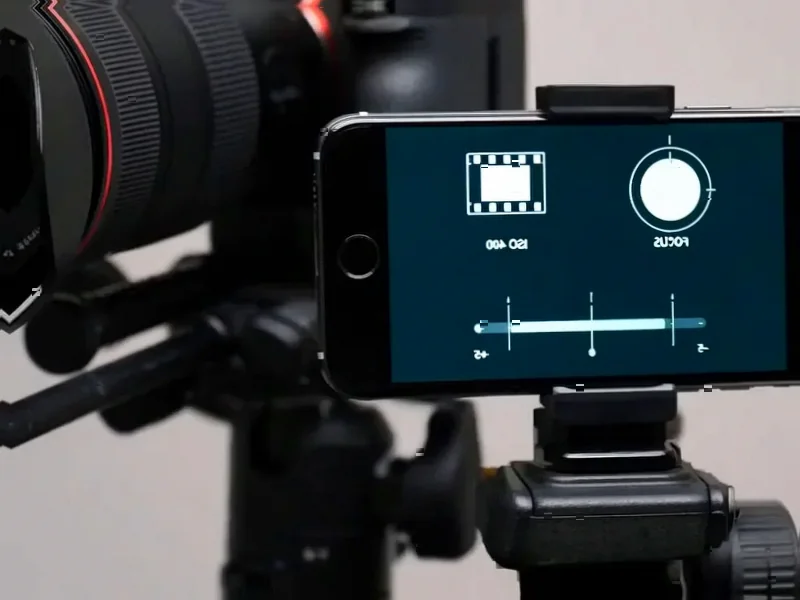According to MacRumors, WhatsApp has begun testing a dedicated Apple Watch app through its TestFlight beta program, marking the first time the messaging platform has offered native Apple Watch functionality. The beta version supports reading messages, sending replies, using message reactions, and sharing voice messages directly from the wrist without requiring interaction with a paired iPhone. The app requires a connected iPhone with WhatsApp installed and is currently limited to beta testers, with no public release timeline announced. This development comes after years of WhatsApp’s absence from Apple’s wearable platform despite the Apple Watch’s significant market presence.
Table of Contents
Meta’s Wearable Ecosystem Strategy
This move represents more than just feature parity—it’s a strategic play by Meta to secure its position in the emerging wearable computing landscape. With Apple’s continued dominance in the premium smartwatch market and growing emphasis on health and communication features, WhatsApp’s absence from the platform was becoming increasingly conspicuous. By finally bridging this gap, Meta ensures its messaging platform remains relevant as users shift more daily interactions to their wrists. This aligns with Meta’s broader mobile app strategy of maintaining platform ubiquity across all major ecosystems, even those controlled by competitors.
The Technical Hurdles Ahead
While the initial feature set appears comprehensive, several technical challenges remain unaddressed. The requirement for a connected iPhone suggests this isn’t a standalone Apple Watch application but rather an extension of the mobile experience. This limitation becomes problematic in scenarios where users want to leave their phones behind during workouts or quick outings. Additionally, managing storage for media-rich WhatsApp conversations on the Watch’s constrained memory could present performance issues. The current software release life cycle suggests these are early-stage considerations that will need refinement before public launch.
Shifting Competitive Dynamics
WhatsApp’s entry into the Apple Watch ecosystem creates interesting competitive dynamics. iMessage has long enjoyed native Apple Watch integration, giving it a distinct advantage for Apple ecosystem users. By closing this gap, WhatsApp positions itself as a more viable cross-platform alternative without sacrificing wearable convenience. This could particularly impact markets where WhatsApp dominates but Apple Watch adoption is growing, such as Western Europe and parts of Asia. The timing is also notable as wearable communication becomes more sophisticated with features like quick replies and voice message integration.
User Experience and Privacy Concerns
The implementation raises important questions about notification management and privacy. WhatsApp conversations often contain sensitive information, and having them readily accessible on the wrist introduces new privacy considerations. Additionally, the experience of managing multiple conversation threads on a small screen remains untested at scale. Voice message functionality could be a game-changer for quick responses, but it also depends on the Watch’s microphone quality and background noise cancellation capabilities. These are the types of real-world usage scenarios that the current beta testing phase needs to address thoroughly.
What Comes Next for Wearable Messaging
Looking beyond the initial release, this development signals where wearable messaging is headed. The next logical step would be standalone functionality that doesn’t require a paired iPhone, potentially through cellular Apple Watch models. We might also see deeper integration with watchOS features like Complications for glanceable message status and Siri integration for voice-controlled messaging. As wearables become more autonomous, messaging apps that adapt to this new form factor will have a significant advantage in maintaining user engagement across an increasingly fragmented device landscape.
Related Articles You May Find Interesting
- The Rise of Specific Intelligence: Why Generic AI Won’t Cut It
- Spain’s €1.2B Biofuel Bet: Transforming Agricultural Waste into Aviation Fuel
- Nvidia’s $1B Bet on AI Software Development
- Apple’s $12.7B AI Bet Defies Tech’s $300B Capex Arms Race
- Conduent Breach Exposes Critical Government Services Security Gap



